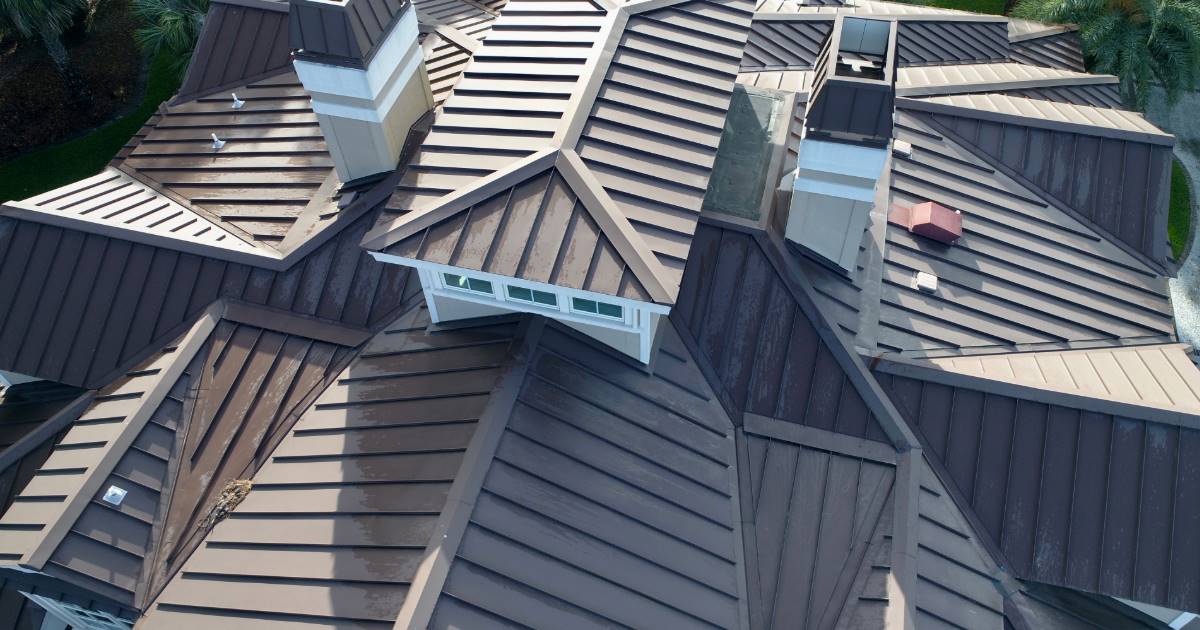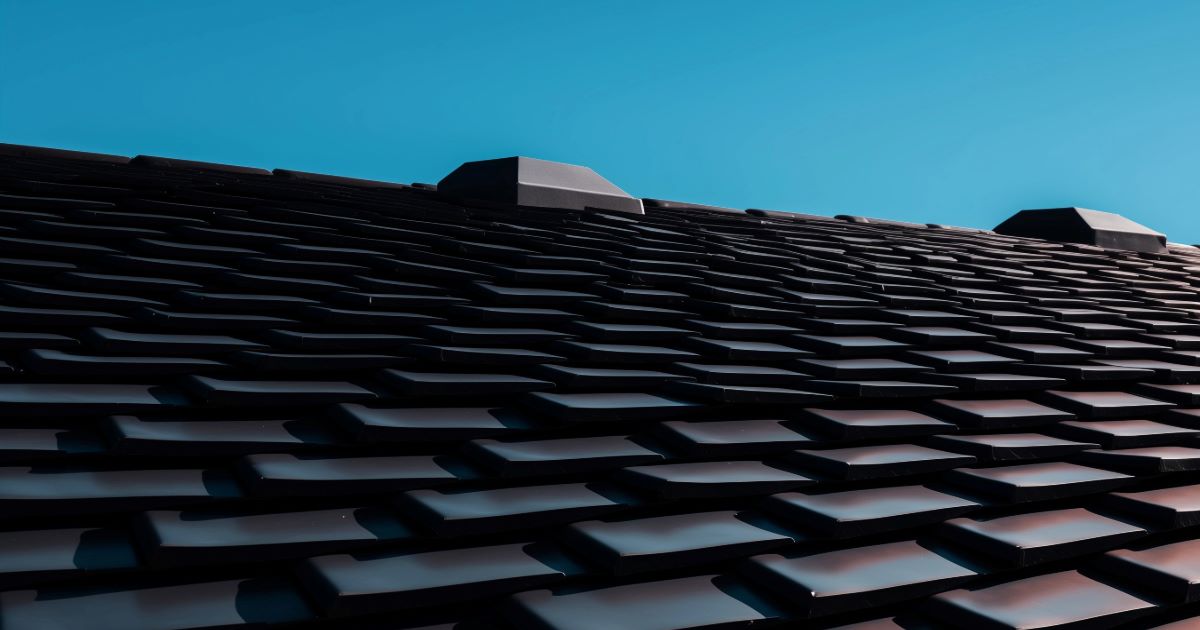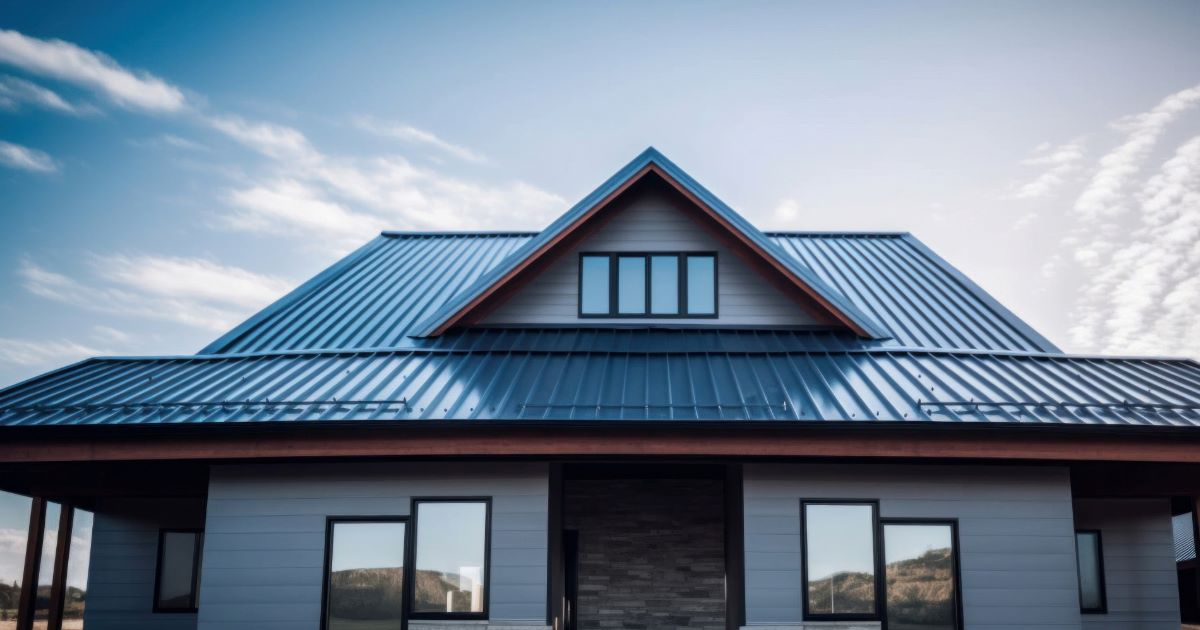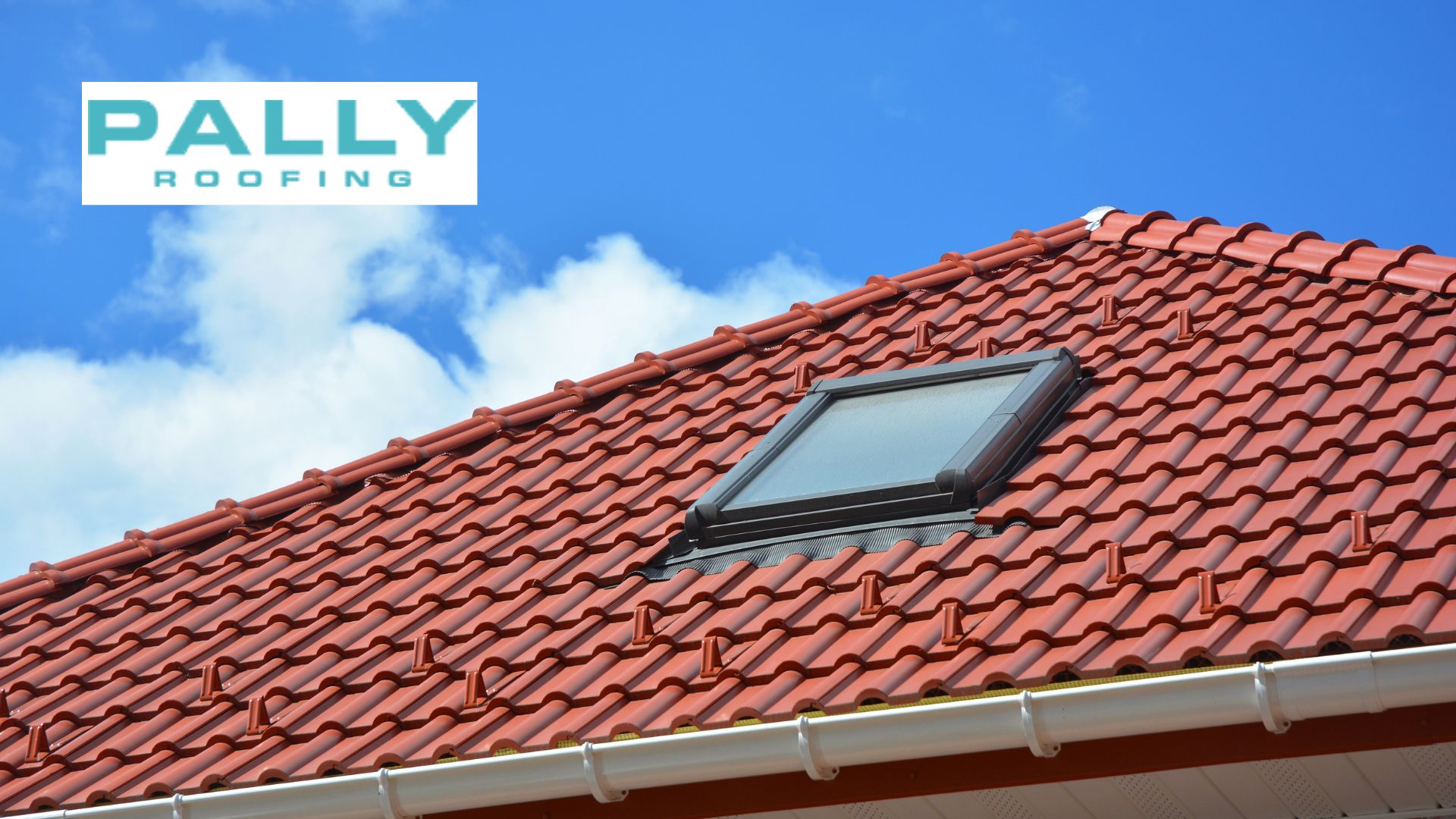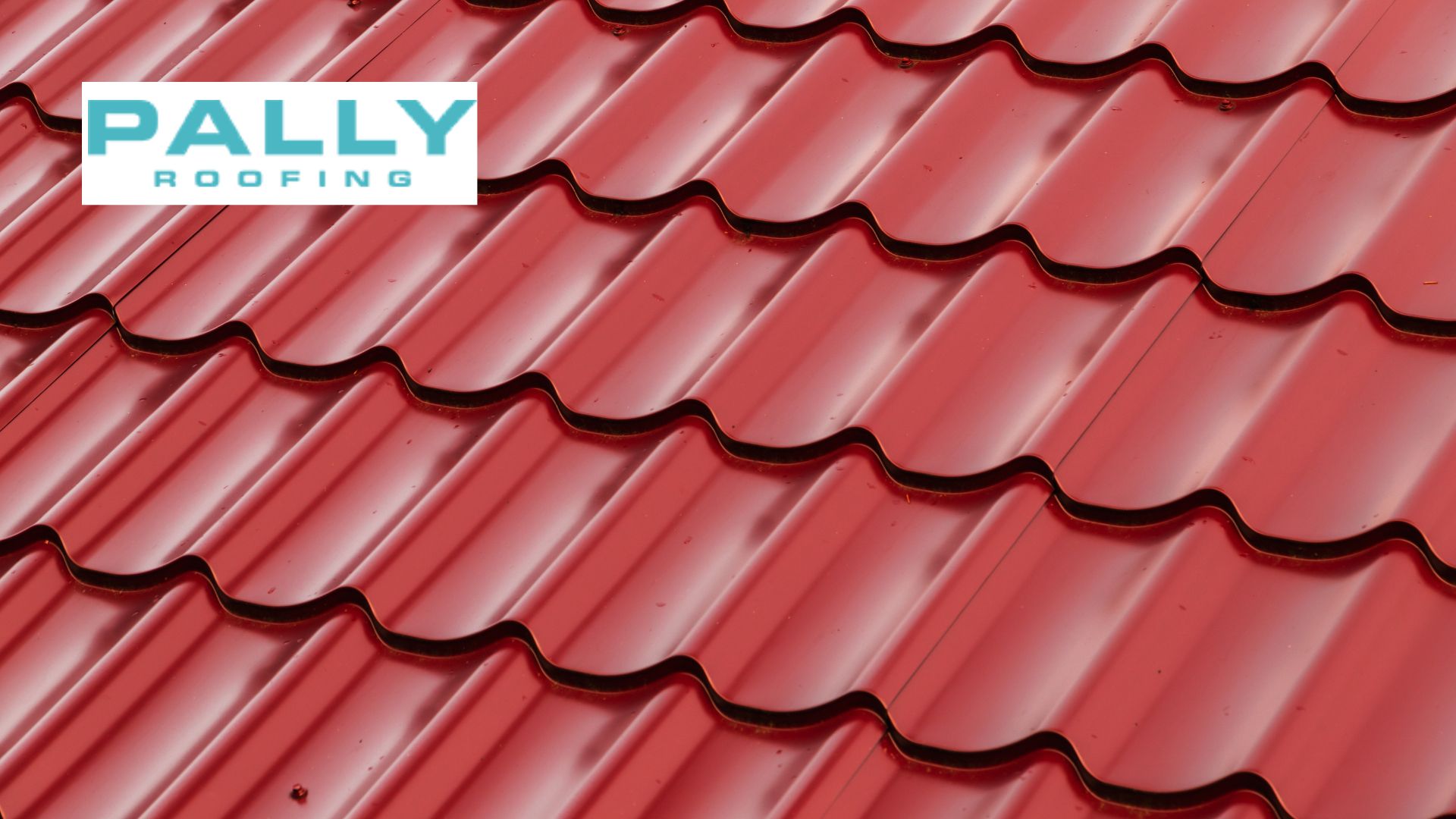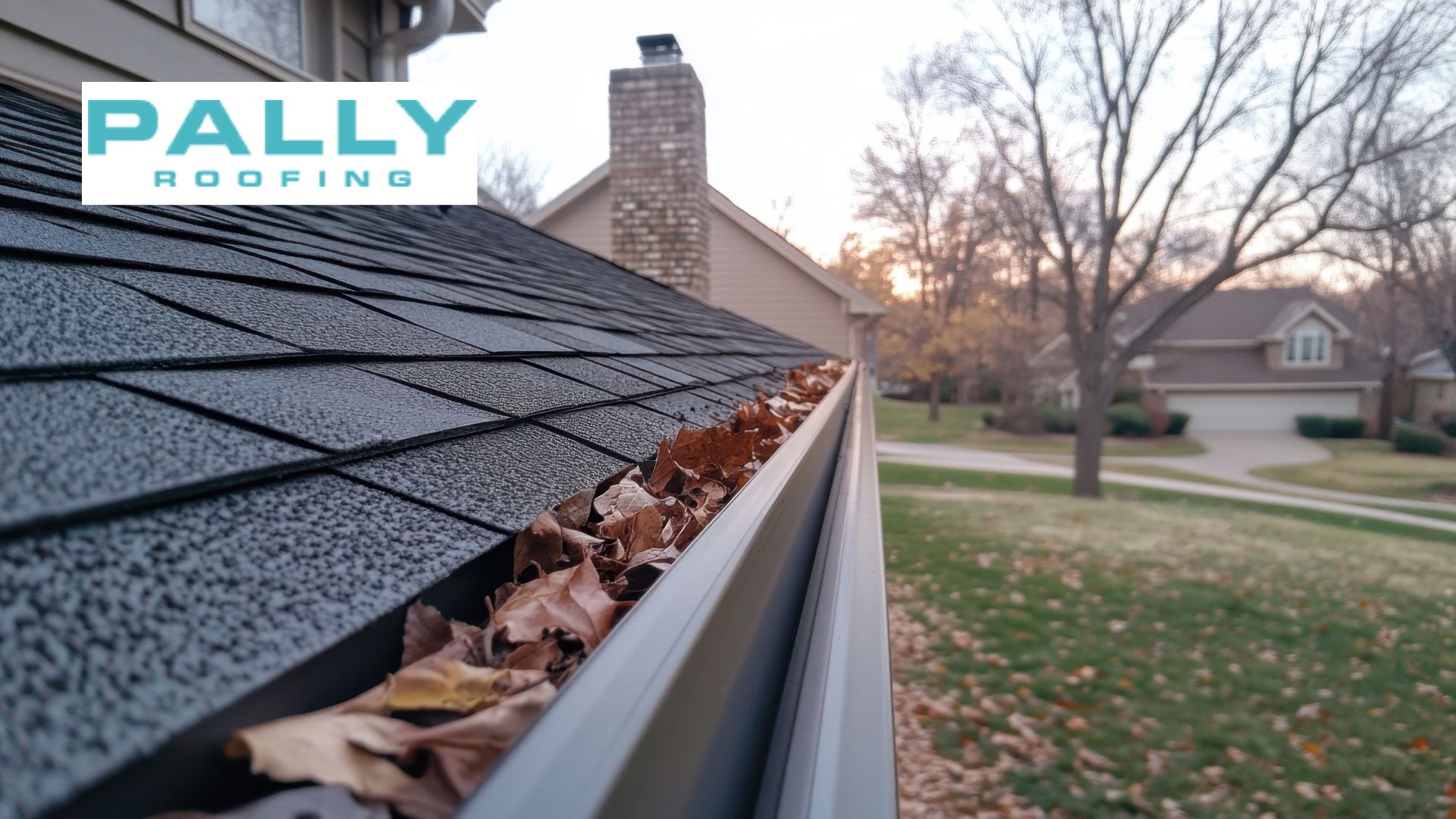Last updated on August 28th, 2024 at 06:40 pm
Residential Metal Roofing is quickly gaining popularity due to its blend of durability, energy efficiency, and modern appeal. Unlike traditional roofing materials, metal roofs offer unmatched longevity and require minimal maintenance, making them an excellent investment for homeowners.
Table of Contents
Why should you consider metal roofing for your home? First, it’s incredibly durable, capable of withstanding even the harshest weather conditions. Second, metal roofs are energy-efficient, reflecting sunlight to keep your home cooler in the summer and reduce energy bills. Third, with a variety of styles and colors available, metal roofing can significantly enhance your home’s curb appeal, giving it a sleek, contemporary look.
Welcome to Pally Roofing, your trusted roofing solution! Our expert team specializes in metal roofing installation, ensuring your home is protected and stylish. We also offer a range of top-tier services, including asphalt roofing installation, gutter installation and repair.
Types of Residential Metal Roofing
- Metal Shingles:
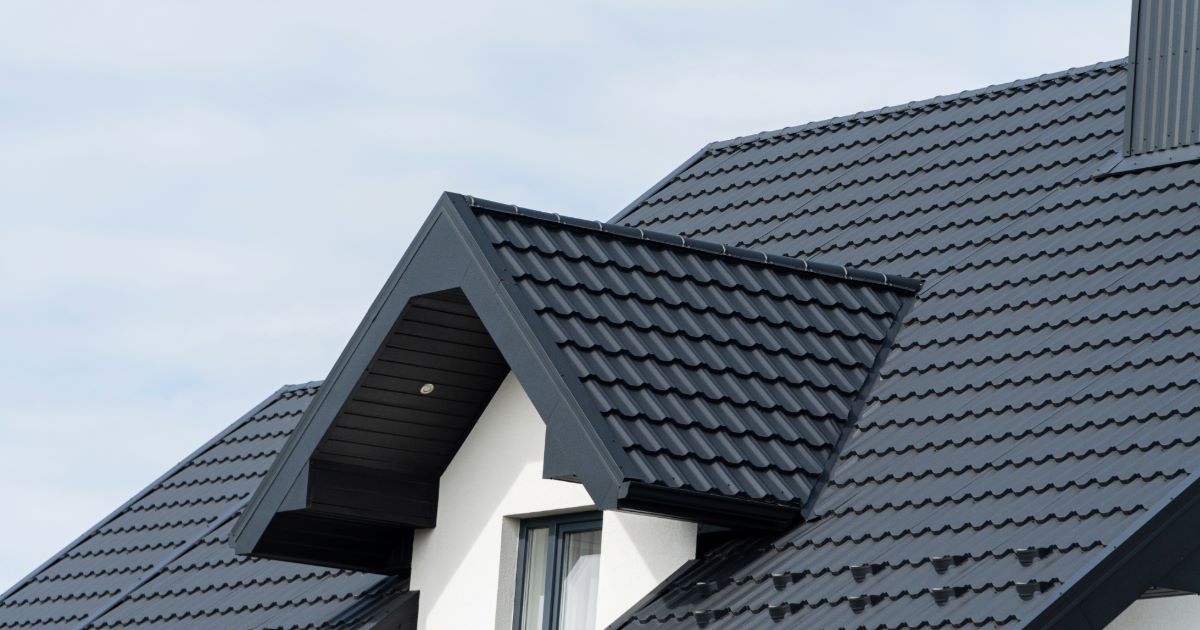
Metal shingles are designed to mimic the appearance of traditional shingles, slate, or tiles, offering the classic look many homeowners desire with the added benefits of metal. These shingles are lightweight, durable, and rot-resistant, making them ideal for residential use. Their versatile design complements various architectural styles, providing both beauty and performance. - Standing Seam Metal Roofs:

Standing seam metal roofs are known for their sleek, modern appearance and superior weather resistance. The raised seams provide a streamlined look while preventing water from penetrating the roof, making them an excellent choice for areas prone to heavy rainfall or snow. Their clean lines and minimalist aesthetic are perfect for contemporary homes. - Metal Tiles and Shakes:
 Metal tiles and shakes offer a versatile aesthetic, replicating the texture and style of traditional roofing materials like clay or wood. They are available in various finishes and colors, allowing homeowners to achieve a sophisticated or rustic look without compromising durability. Metal tiles and shakes are also fire-resistant and require little maintenance, adding to their appeal.
Metal tiles and shakes offer a versatile aesthetic, replicating the texture and style of traditional roofing materials like clay or wood. They are available in various finishes and colors, allowing homeowners to achieve a sophisticated or rustic look without compromising durability. Metal tiles and shakes are also fire-resistant and require little maintenance, adding to their appeal. - Corrugated Metal Roofs:

Corrugated metal roofs bring a rustic charm to residential properties, often associated with farmhouses or industrial-style homes. They are one of the most affordable metal roofing options, providing excellent durability at a lower cost. Despite their simplicity, corrugated metal roofs offer strong protection against the elements, making them a practical choice for budget-conscious homeowners.
Difference Between Residential and Commercial Metal Roofing
Design and Aesthetic Differences:
Residential metal roofing is crafted with aesthetics in mind, offering homeowners a wide range of styles, colors, and finishes to match their personal tastes and home architecture. In contrast, commercial metal roofing focuses primarily on functionality, with design elements often taking a back seat. Commercial roofs typically favor practicality over style, prioritizing durability and low maintenance over visual appeal.
Material Thickness and Durability:
Commercial metal roofs are generally made from thicker materials to withstand the higher demands of industrial and large-scale buildings. This added thickness enhances durability, which is essential for protecting vast structures from extreme weather conditions. On the other hand, residential metal roofing balances durability with appearance, using slightly thinner materials that still offer long-lasting protection but focus on seamlessly blending with the home’s design.
Installation Techniques:
The installation process for commercial metal roofing is often more complex due to the larger roof spans and specific building requirements. It may involve specialized techniques to ensure the roof can handle heavy loads and resist harsh elements. Residential metal roofing, while still requiring skilled installation, is typically more straightforward, as the roof spans are smaller and the emphasis is on precision and aesthetics.
Cost Considerations:
Commercial metal roofing tends to be more expensive due to the need for thicker materials, more complex installation processes, and the larger scale of projects. Residential metal roofing, while still an investment, is generally more cost-effective, offering homeowners a balance of affordability and high-quality protection without the additional costs associated with commercial applications.
Factors to Consider When Choosing Residential Metal Roofing
- Climate and Weather Resistance:
Metal roofing excels in various climates, offering strong protection against extreme weather conditions. It’s an ideal choice for homes prone to heavy rain, snow, or high winds, as it’s resistant to corrosion, leaks, and weather damage. In hot climates, metal roofs reflect sunlight, reducing heat absorption and keeping the home cooler. - Energy Efficiency:
One key benefit of metal roofing is its energy efficiency. Metal roofs reflect solar heat, helping to reduce cooling costs during hot months. Many metal roofing systems also accommodate insulation layers that enhance thermal performance, keeping homes warmer in winter and cooler in summer, leading to significant energy savings. - Longevity and Maintenance:
Metal roofs are renowned for their longevity, often lasting 40-70 years with minimal upkeep. Unlike traditional roofing materials that may require frequent repairs or replacements, metal roofs resist common issues like cracking, warping, and rotting. Their durability means fewer maintenance needs and a longer-lasting investment. - Aesthetic Appeal:
Choosing the right style and color of metal roofing is crucial for enhancing your home’s curb appeal. Metal roofing comes in various styles, such as shingles, tiles, or standing seams, and offers a wide range of color options. When selecting, consider your home’s architecture and the surrounding environment to ensure the roof complements the overall design and enhances its visual appeal.
Comparing Metal Roofing Materials for Residential Use
- Aluminum:
Aluminum is a lightweight and corrosion-resistant metal, making it an excellent choice for homes in coastal areas where salt water can cause rust. Its durability and low maintenance needs are coupled with a reflective surface that enhances energy efficiency. Though slightly more expensive than steel, aluminum offers long-term value, especially in harsh environments. - Steel:
Steel is a durable and cost-effective option for residential metal roofing. It’s often coated with a protective layer, such as galvanized zinc or a paint finish, to prevent rust and extend its lifespan. Steel roofs are strong and can withstand severe weather, making them a popular choice for homeowners seeking both affordability and resilience. - Copper:
Copper is a premium roofing material prized for its unmatched beauty and longevity. Over time, it develops a distinctive patina that adds to its aesthetic appeal. Copper roofs are incredibly durable and can last over a century, but they are more expensive. Their unique look and durability makes them an investment for homeowners prioritizing aesthetics and longevity. - Zinc:
Zinc roofing is known for its durability, eco-friendliness, and self-healing properties. When scratched, zinc naturally forms a protective layer that repairs itself, maintaining its appearance and integrity. Zinc is also fully recyclable, making it an environmentally responsible choice. Although it’s more expensive upfront, its longevity and low maintenance makes it a sustainable option for residential use.
Cost Analysis of Residential Metal Roofing
Common Myths About Residential Metal Roofing
Metal Roofs Are Noisy:
A common myth is that metal roofs are noisy, especially during rain. In reality, metal roofing systems are installed with insulation and underlayment that significantly dampens sound, making them as quiet as traditional roofing materials.
Metal Roofing Attracts Lightning:
Another misconception is that metal roofs attract lightning. In truth, metal roofs do not attract lightning; they conduct electricity safely and are no more likely to be struck by lightning than any other roofing material. They can even provide enhanced safety by directing lightning safely to the ground.
Metal Roofing Is Too Expensive:
While metal roofing can cost more upfront than traditional materials, it offers long-term savings through durability, energy efficiency, and minimal maintenance. The extended lifespan and reduced repair needs make it a cost-effective investment.
Conclusion
Residential metal roofing offers numerous advantages, including exceptional durability, energy efficiency, and minimal maintenance. Its ability to withstand extreme weather conditions, with long-term cost savings and aesthetic appeal, makes it a top choice for homeowners seeking performance and style.
Choose Pally Roofing for your residential metal roofing needs. Our expert team specializes in high-quality installations, ensuring your home benefits from the best materials and craftsmanship. With our commitment to reliability and excellence, we provide the perfect roofing solution for your home.
Contact us today to schedule your installation and experience the Pally Roofing difference!
References:
Author
-

With more than 16 years of hands-on experience, Phillip Schmucker is the knowledgeable owner of Pally Roofing. His dedication to superior roofing services has earned him a reputable place in the industry. Phillip also shares his extensive expertise through writing, providing readers with practical tips and professional advice on various roofing topics. Follow him on LinkedIn.
View all posts

